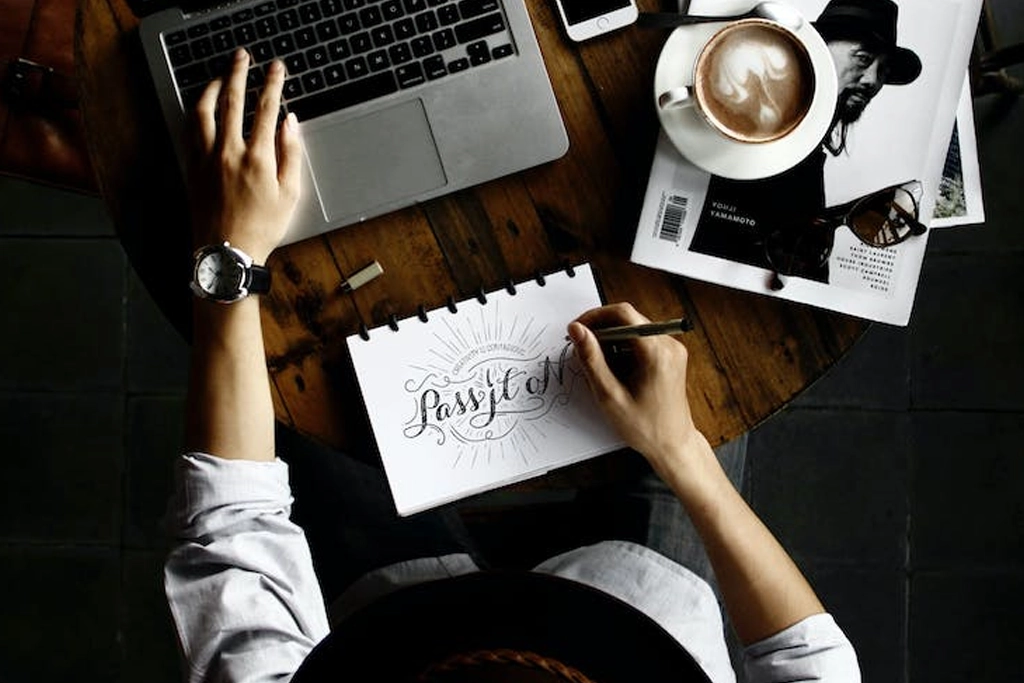Your logo is more than just a pretty image; it’s the face of your brand, a visual shorthand for your business. An effective logo communicates who you are, what you do, and why you matter, all in a single, simple mark. In this article, we’ll explore the art of logo design, its importance, and the key principles that make a logo not just attractive but memorable and meaningful.
The Significance of a Logo:
- Brand Identity: Your logo is the cornerstone of your brand identity. It’s often the first thing people notice about your company, and it’s what they’ll remember long after they’ve visited your website or purchased your products.
- Recognition and Trust: A well-designed logo is a trust builder. People are more likely to do business with a company they recognize and trust, and your logo is a critical part of that recognition.
- Differentiation: In a crowded marketplace, your logo sets you apart from your competitors. It’s a chance to show your uniqueness, whether through your industry, values, or approach.
The Principles of Effective Logo Design:
- Simplicity: Simplicity is the key to a memorable logo. The most iconic logos are often the simplest. Think of Apple, Nike, or McDonald’s. A simple design is easier to recognize, versatile, and timeless.
- Relevance: Your logo should reflect your business’s purpose, values, and industry. A relevant logo ensures that it communicates the right message to your target audience.
- Versatility: Your logo should look great on various platforms, from a website to a business card to a billboard. A versatile design is one that scales well and maintains its integrity.
- Memorability: A memorable logo is one that sticks in people’s minds. A unique concept, a distinct color, or an interesting shape can make your logo unforgettable.
- Timelessness: While it’s tempting to follow design trends, a timeless logo is one that stands the test of time. Trends come and go, but your logo should remain relevant for years to come.
- Adaptability: Your logo should work in both color and black and white. It should also be effective on various backgrounds and in different contexts.
The Logo Design Process:
- Research: Begin by understanding your business, your audience, and your industry. What do you want your logo to convey? What are your competitors doing?
- Conceptualization: Brainstorm and sketch out ideas. Think about your brand’s story and how it can be represented visually.
- Simplicity and Clarity: Start with a simple, clear design. Avoid clutter and complexity. Your logo should be easily recognizable and easy to reproduce.
- Color Selection: Choose colors carefully. Colors have psychological and cultural associations. Make sure your color choices align with your brand’s values.
- Typography: Select the right font or create custom typography that complements your logo. The font should be legible and fit the overall design.
- Feedback and Refinement: Share your design with others for feedback. Listen to constructive criticism and refine your logo accordingly.
- Implementation: Once your logo is finalized, implement it consistently across all your branding materials, from business cards to websites.
Remember, a great logo is an investment in your brand’s future. It’s an emblem of your company’s values and a visual representation of what you stand for. When designed thoughtfully, it becomes an enduring symbol that tells your story to the world.





